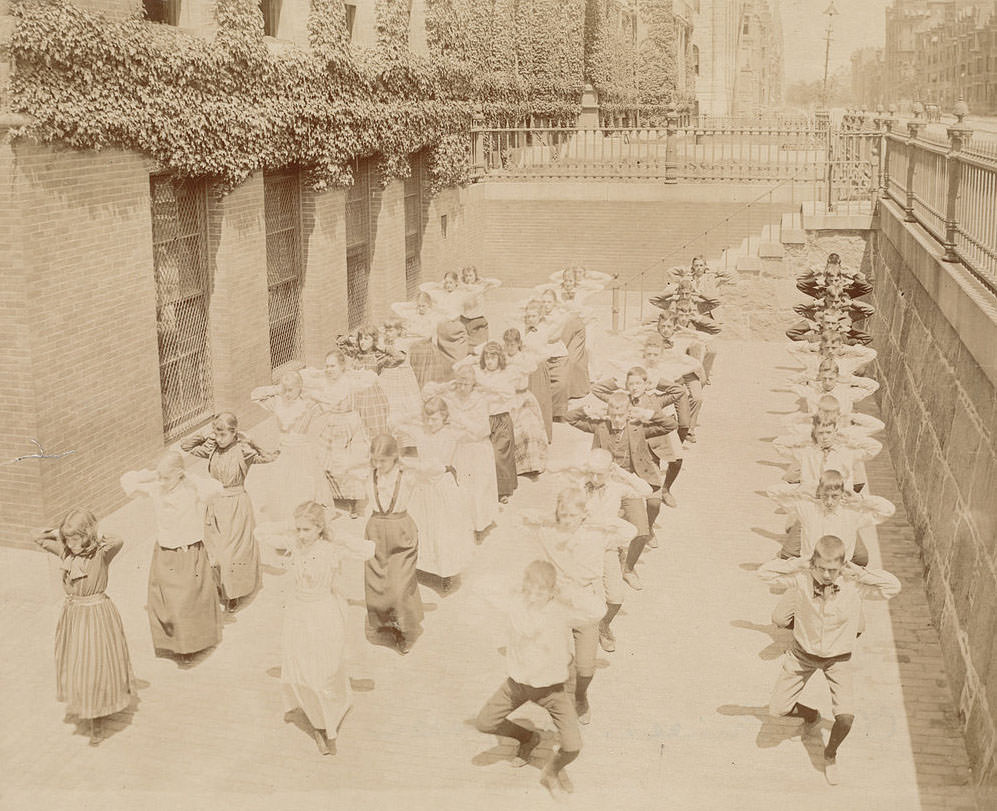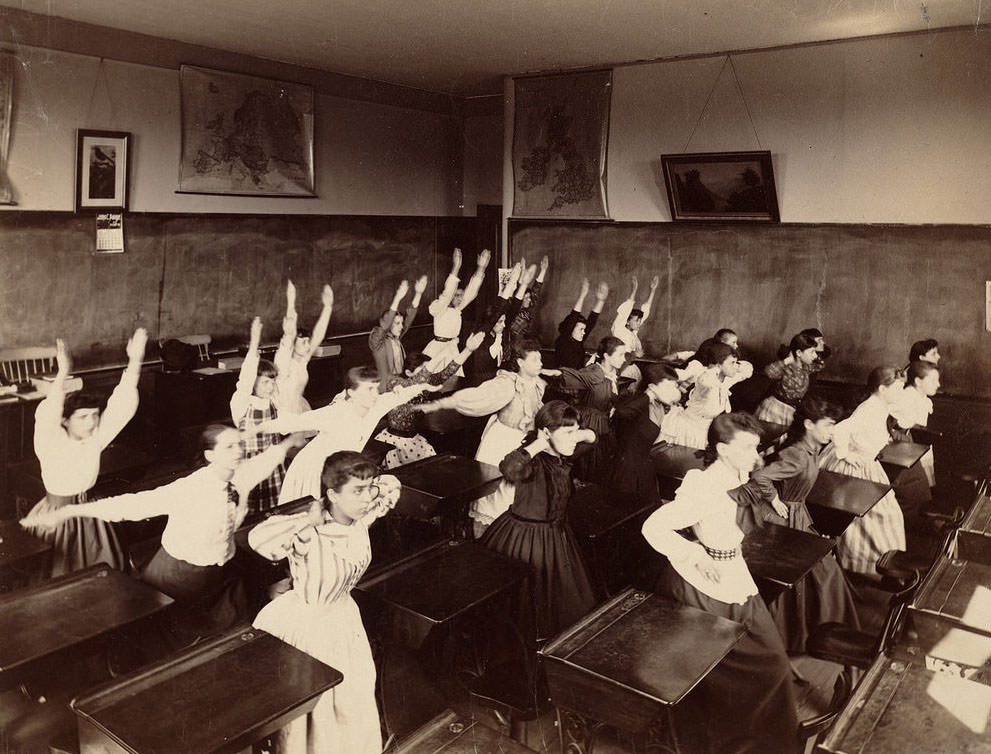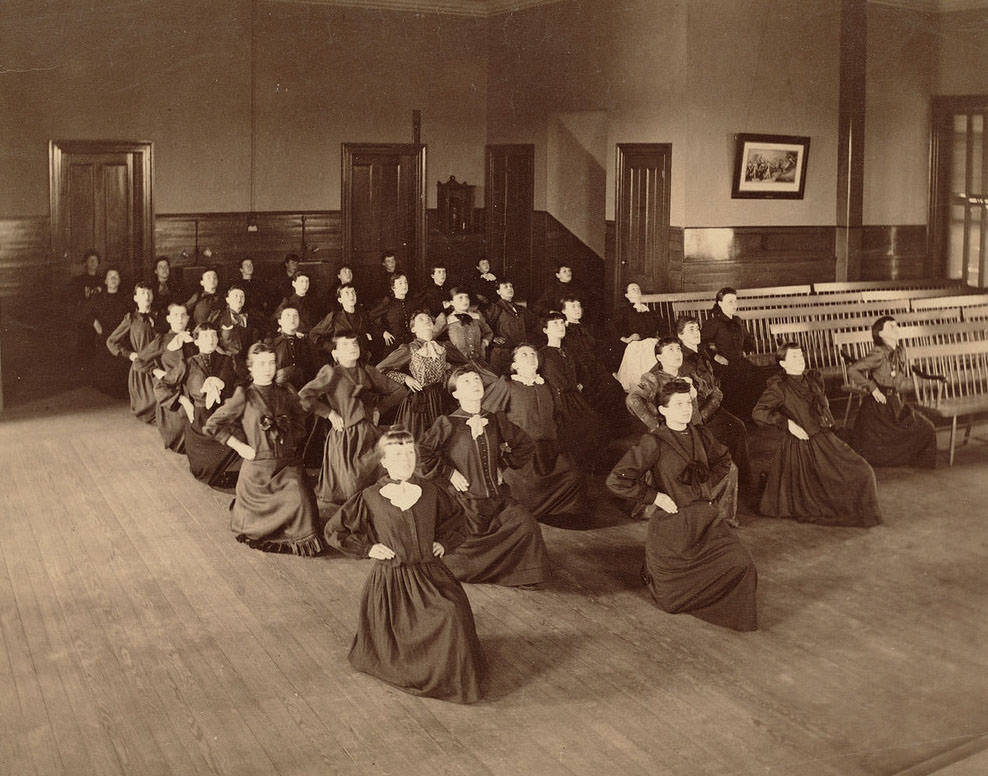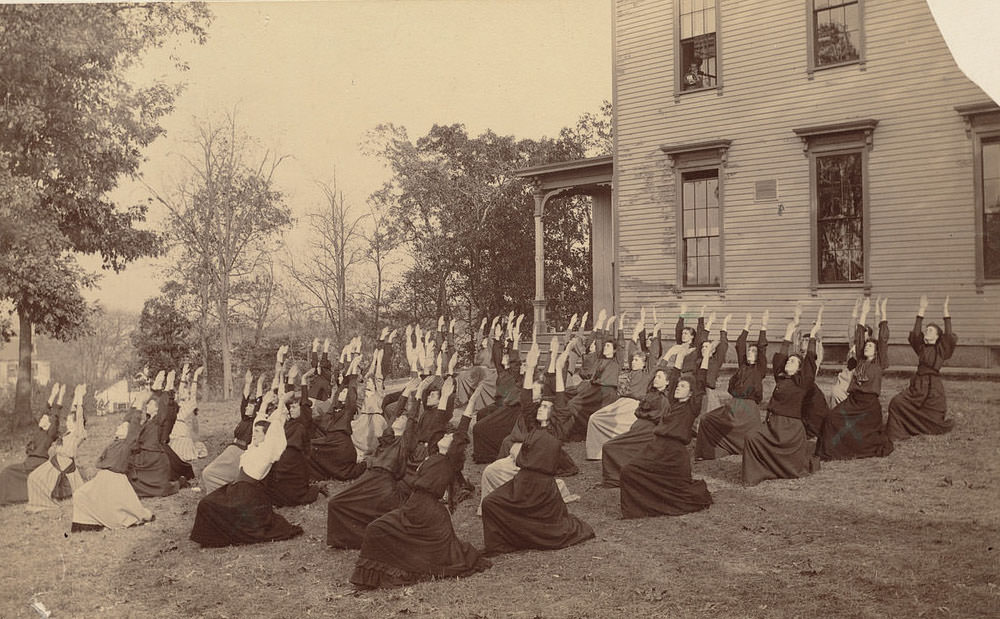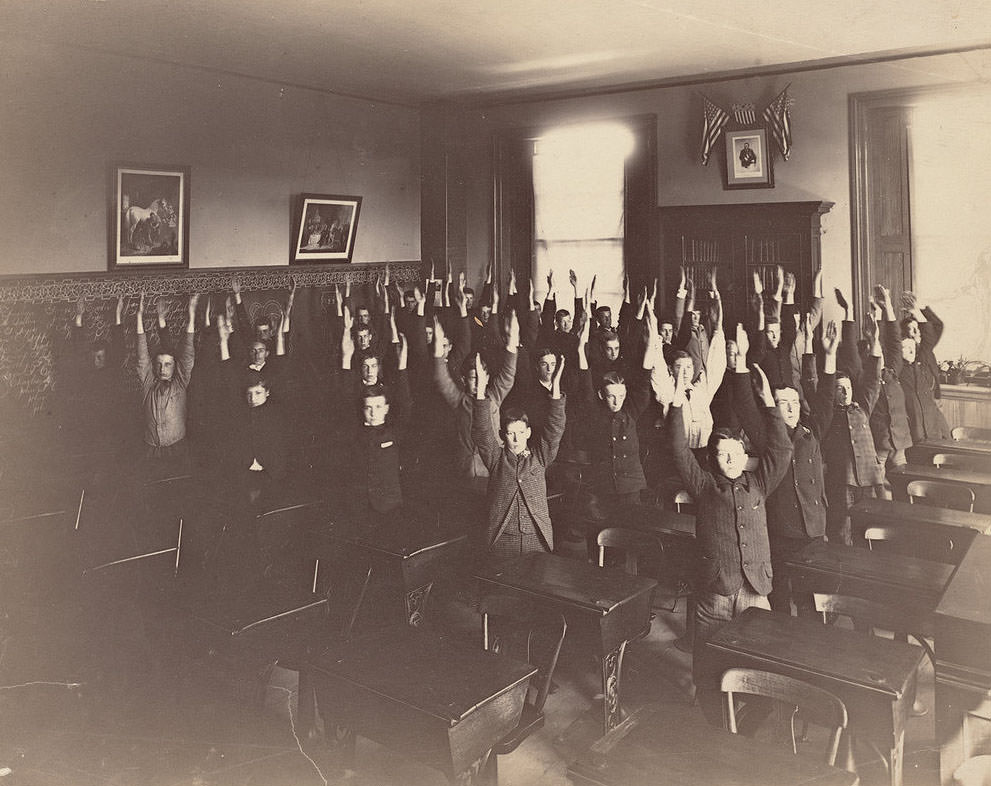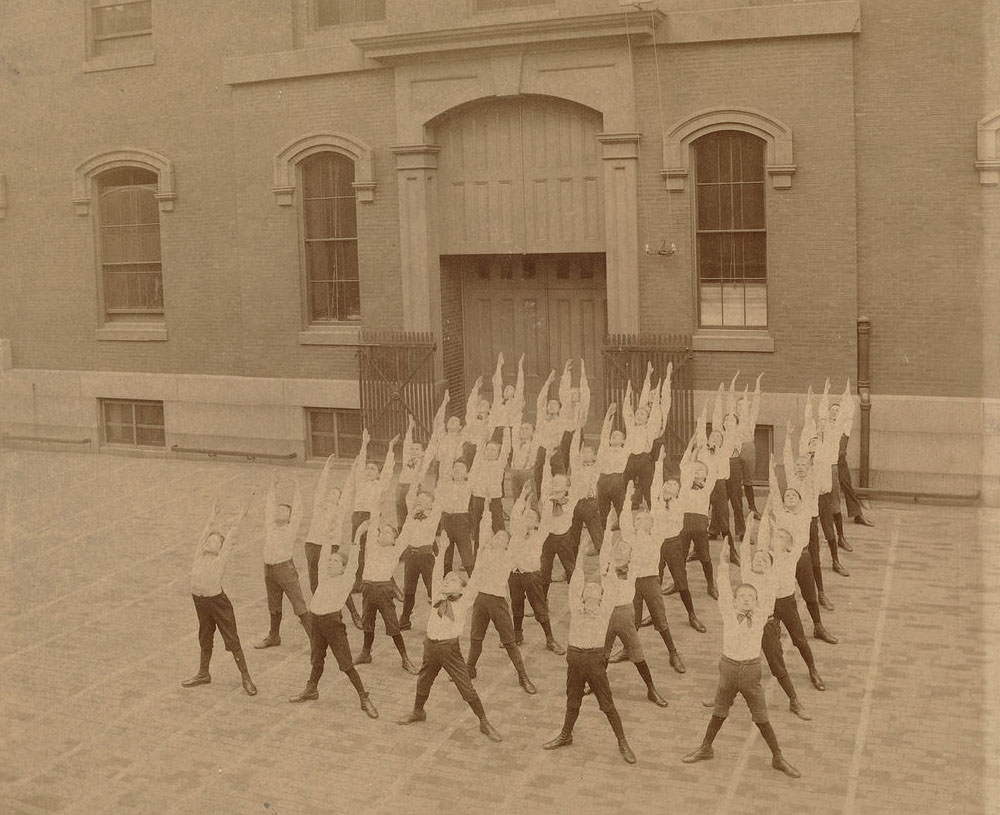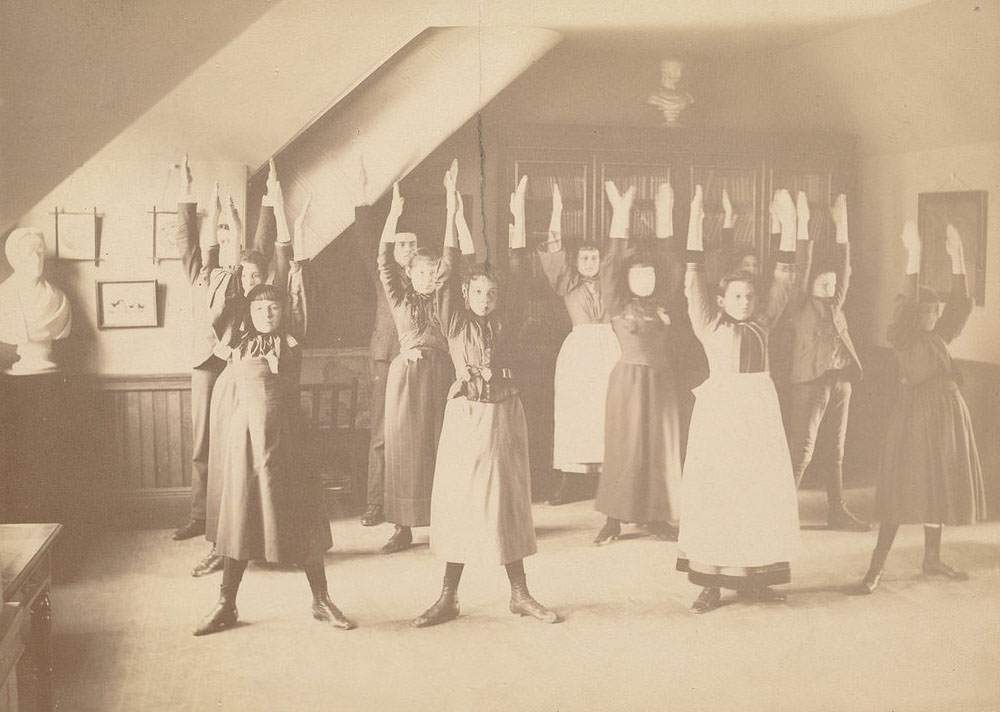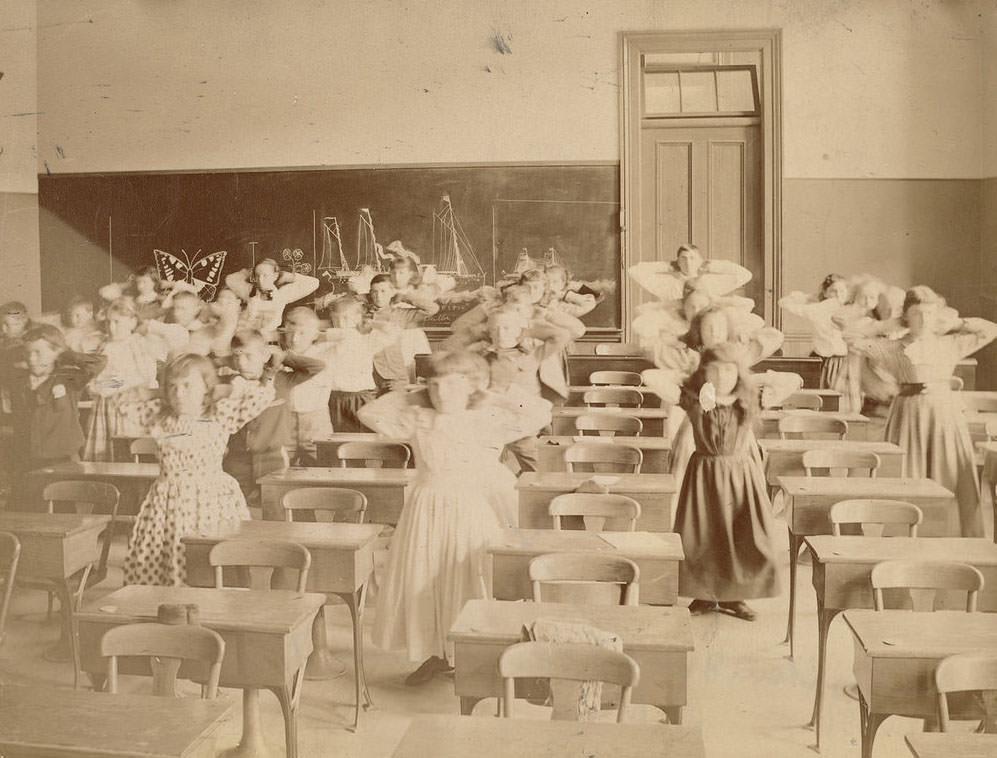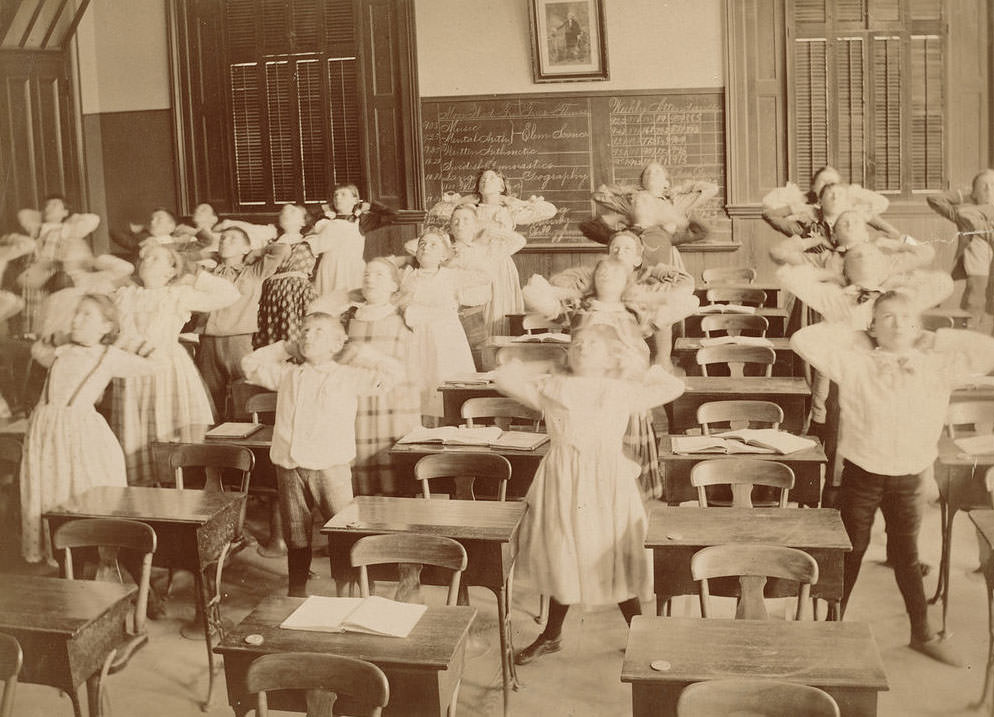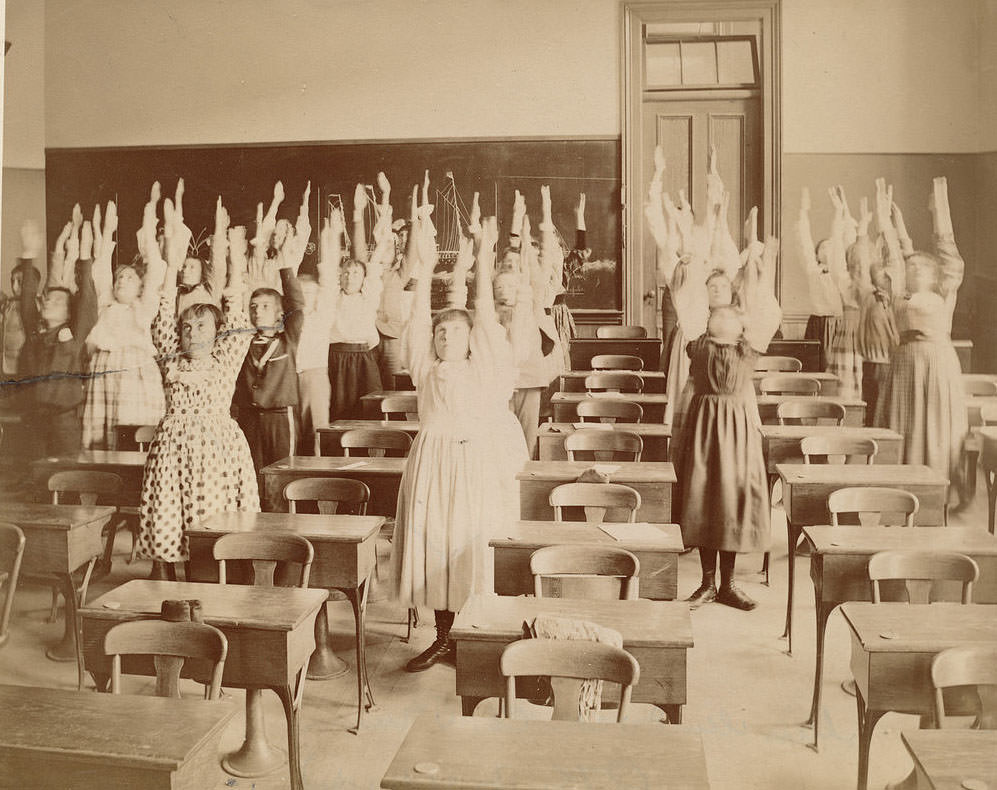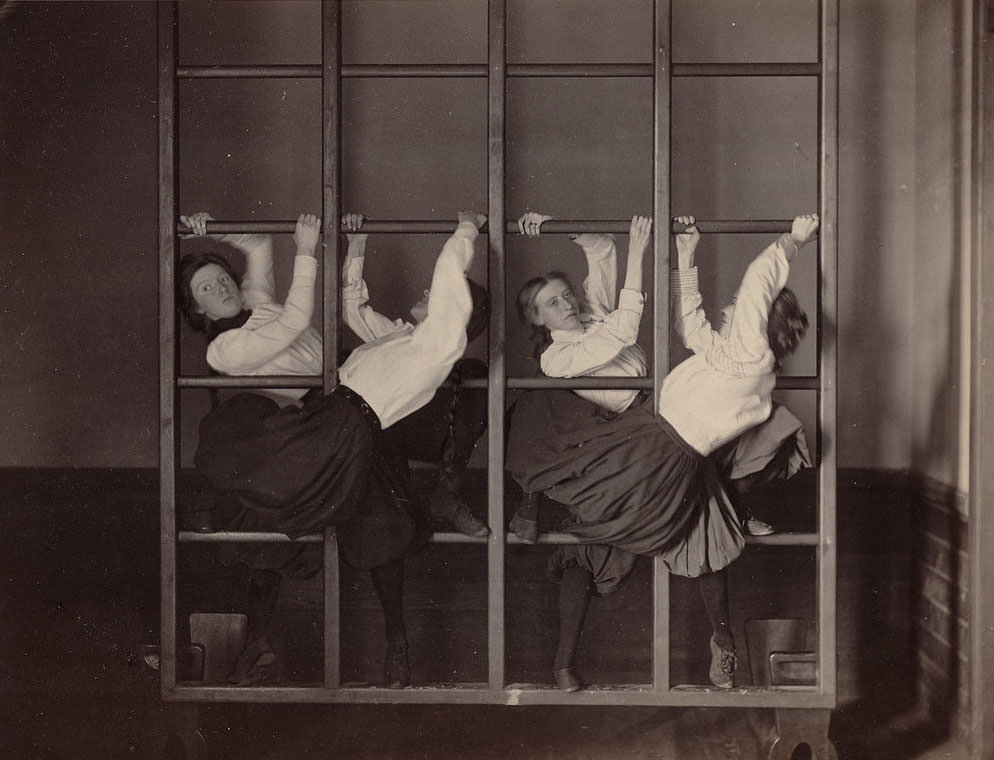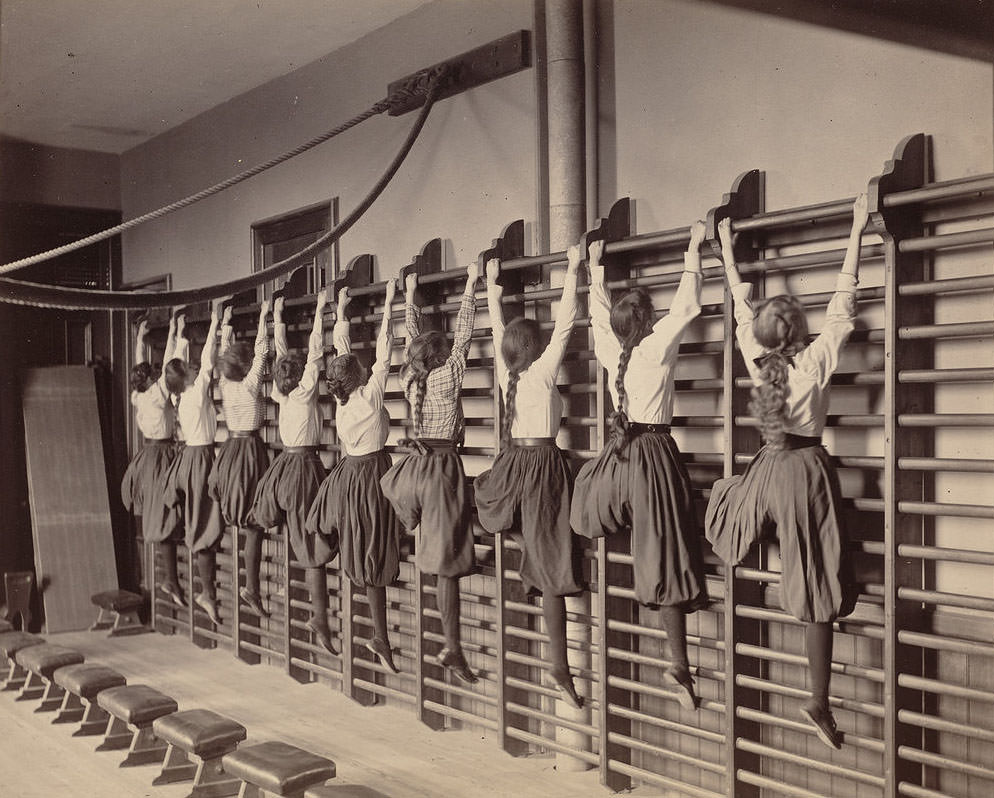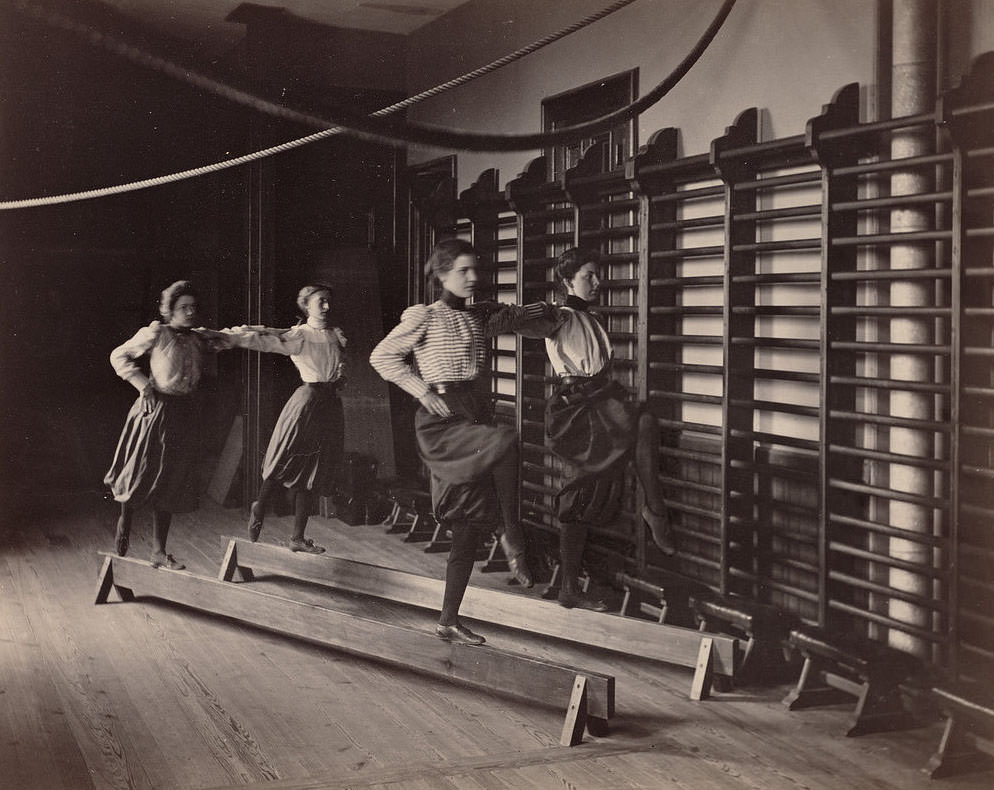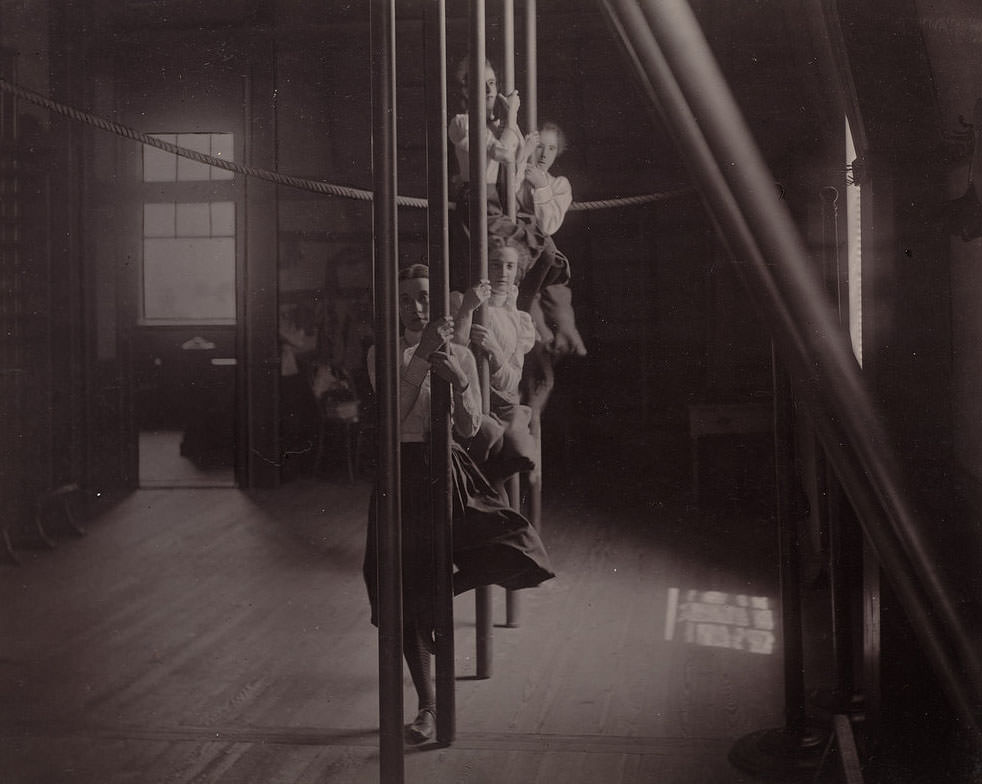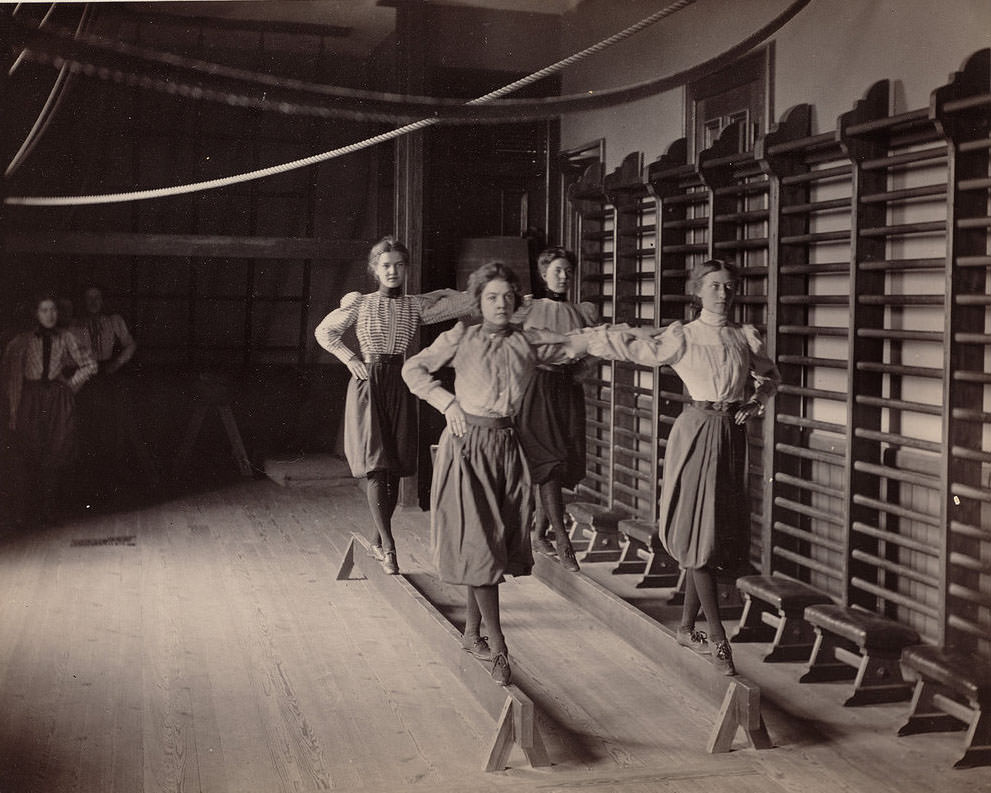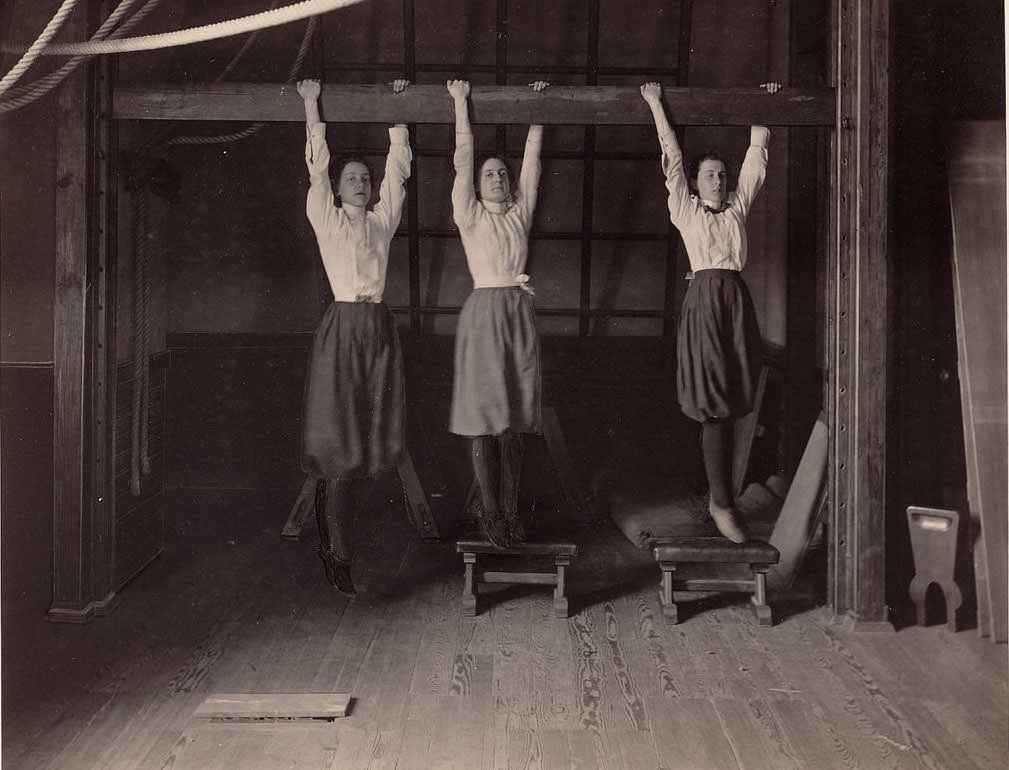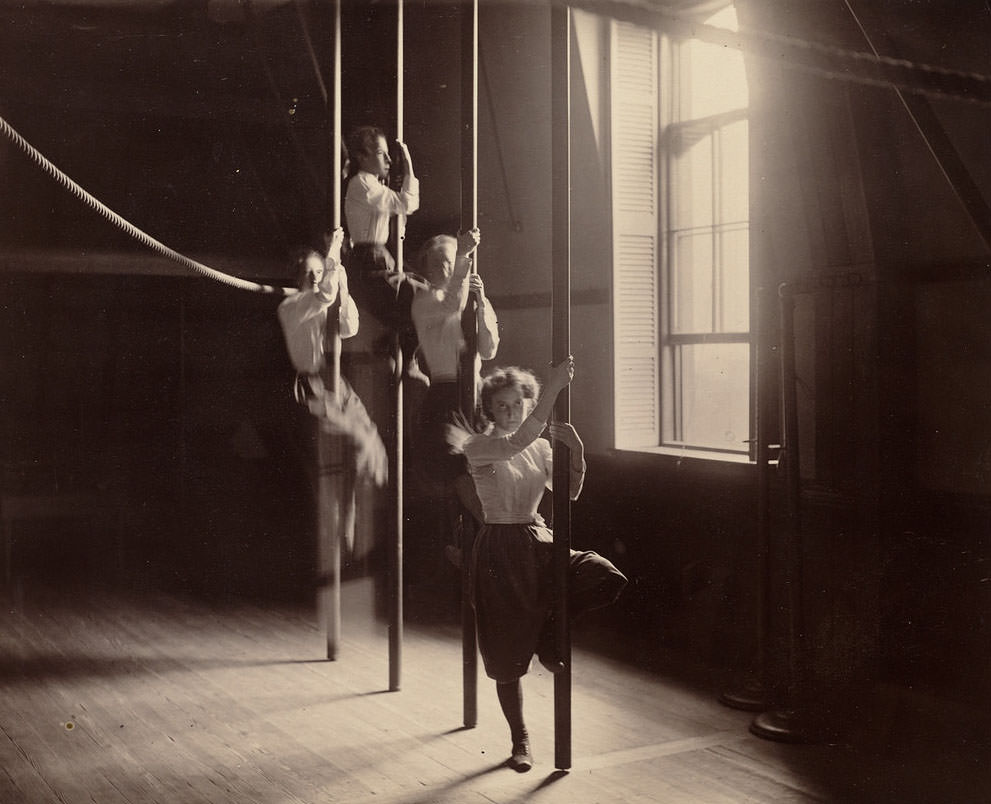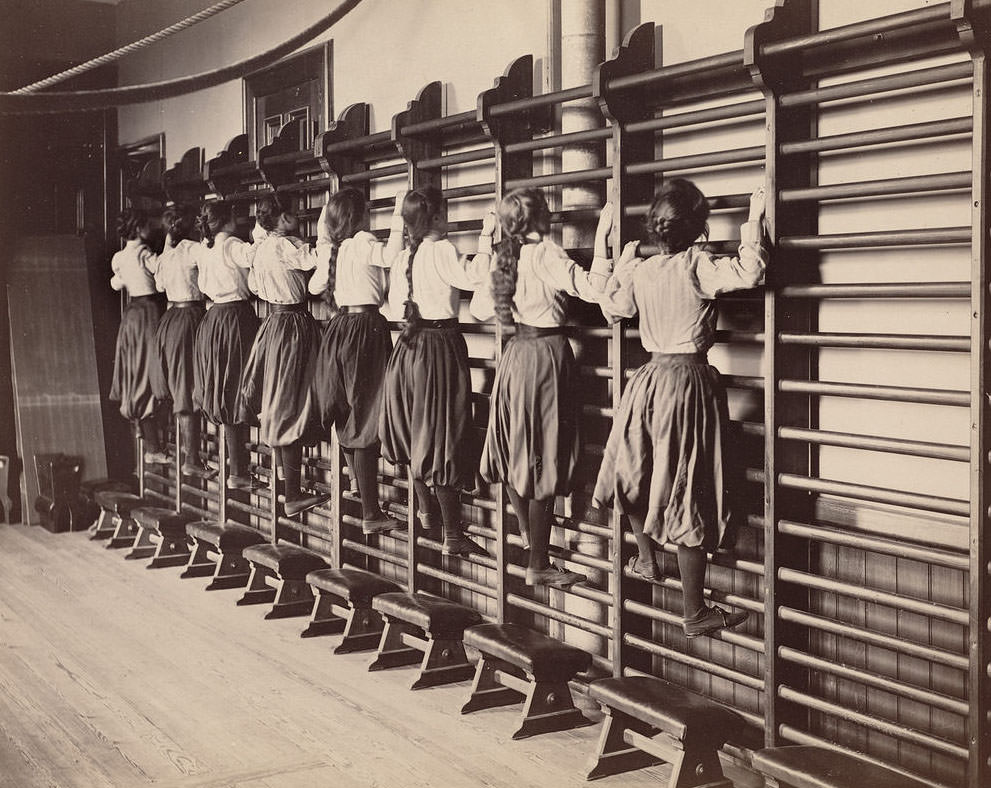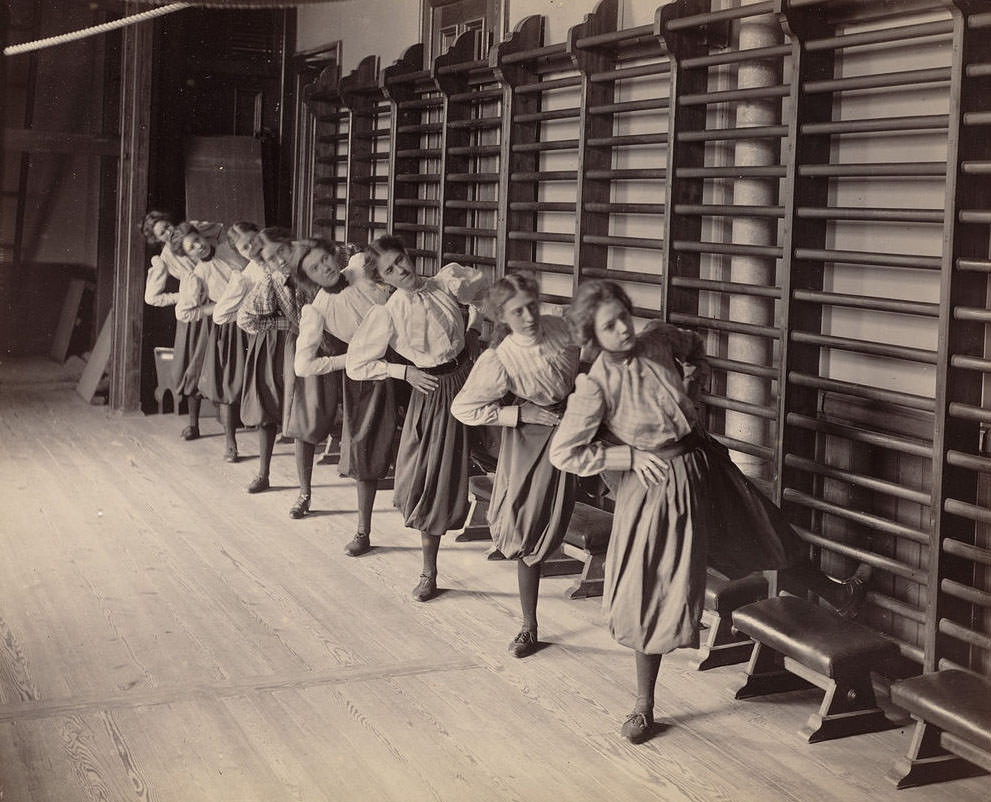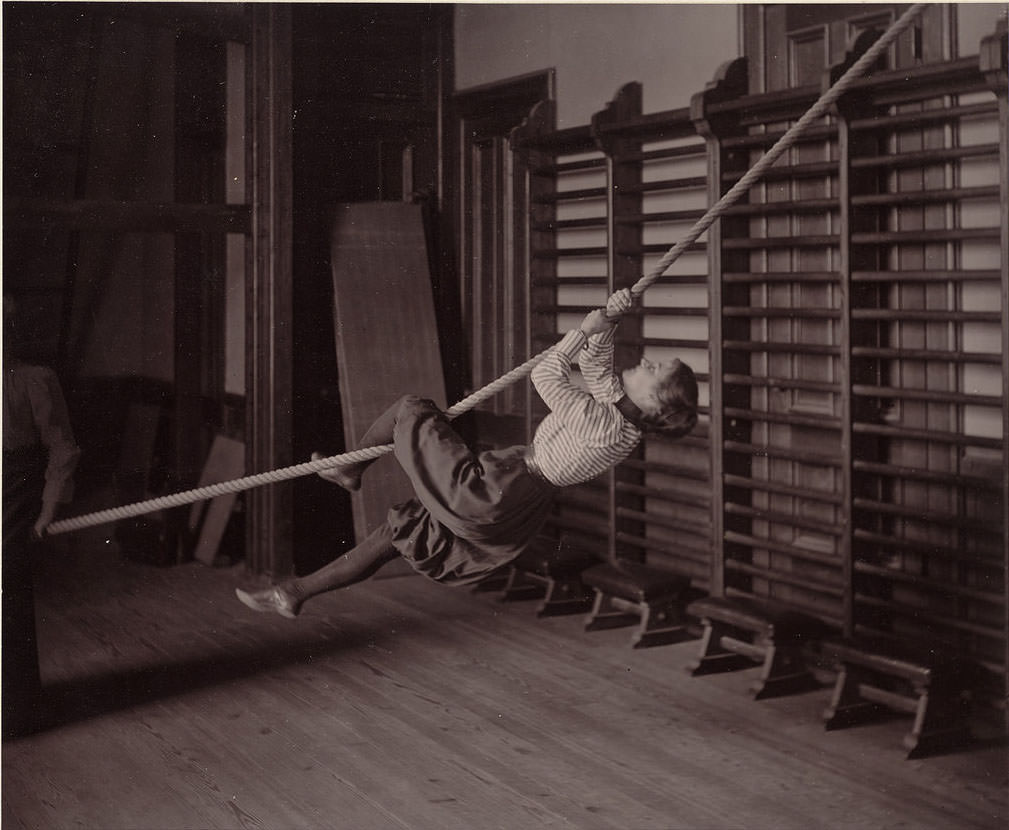The teaching of physical activities and fitness dates back to Plato’s school, Akademia, or the “Academy” in English, in 386 B.C.E. Friedrich Jahn was a teacher in the early 1800s who introduced outdoor physical education activities for secondary school students. Gymnastics relies heavily on his methods, such as the balance beam, parallel bars, and rings. He founded the first gymnastics club for youths and adults. In 1825, Charles Beck brought gymnastics to the United States when he began teaching in Northampton, Massachusetts, at a reform school modeled after the German system. Charles Follen, another German, founded the first college gym at Harvard University in 1826.
The notion of physical education in public schools began to change dramatically in the late 1800s and early 1900s. California became the first state to require two exercise periods per day in public schools in 1866. Everything changed in the early 1900s. American psychologist John Dewey led the progressive education movement in America and pushed for education reform. His child-centered, natural approach to education led to physical education in more schools. This change took place because physical education was seen as a way for students to attain some of the social goals they had at the time. The progressive model of education considered physical play a vehicle for learning.
As part of American schools, physical education has only been taught since WWI, in the 1910s. According to military health statistics, about one-third of all recruits were physically unfit for combat during the war. Therefore, the United States government interceded and passed legislation to improve the quality of physical education classes across the country. Since factory work during WWI required higher levels of physical fitness, even for those who didn’t serve in the military, it was a very practical plan.
The following photos show students in Boston exercising before, during, and after school.


